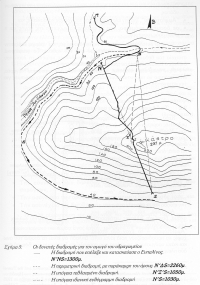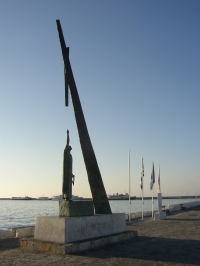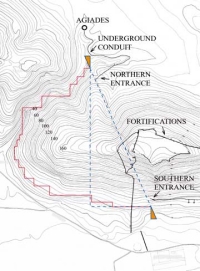


Mathematics
Trigonometry, the basis for modern surveying, was unknown in Rome. Geometry, which had been developed into a sophisticated art, was applied to the task of surveying instead. Surveyors knew how to calculate the areas of triangles, rectangles, some polygons and even to a certain extent, circles. The Romans were aware of the insights of Thales, Pythagoras and Euclid.Diophantus, who lived somewhere between the first and perhaps as late as the third century AD in Roman Egypt, is taken by many historians as being the father of algebra (Derbyshire, 2006:31). Others prefer al-Khwarizmi. Both made valuable contributions to the advancement of mathematics. Algebra is a valuable mathematical tool in the design and planning of all aspects of project management and civil enginering. However, Diophantus took the stage a little late for his work to be of use in the construction of the Roman aqueducts.
In some cases, cleverness can compensate for a lack of knowledge. For example, it is easy to find the distance to a point on the opposite side of a river using triangulation, a technique of trigonometry. The Romans used a geometric method instead, one based on equal triangles. A groma, a tape and a few poles were all the equipment that was needed (Hauck, 1988:45).
What probably gave surveyors and engineers the hardest time was not geometry, but arithmetic. The Romans used a number system that was decimal based, but units that were not. They also lacked decimal fractions and had to use true fractions in calculations. This made it difficult to evaluate the square root of integers, and to evaluate the number "pi".
From the thesis of Evan J. Dembskey on The aqueducts of Ancient Rome